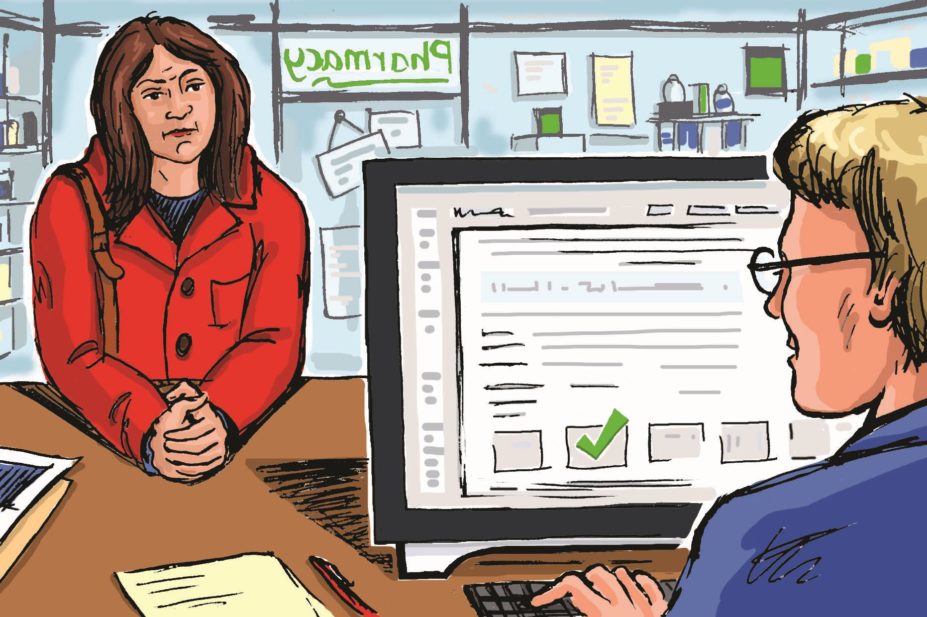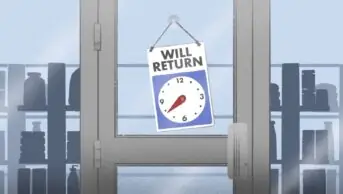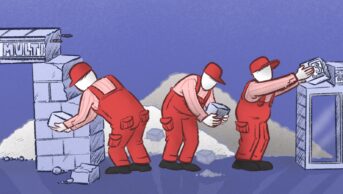
Callie Jones
When the Department of Health in England decided an electronic system was needed for pharmacists to confirm patients’ entitlement to free prescriptions, it must have expected them to jump on board. The move, announced in December 2014, was welcomed by England’s chief pharmaceutical officer Keith Ridge in a statement from the Department of Health.
The system will be developed in collaboration with the UK Department for Work and Pensions (DWP) and would clamp down on some £150m in fraudulently claimed exemptions per year, according to the government. It would eliminate the need for community pharmacy staff to see proof of patients’ prescription charge exemptions. But the Royal Pharmaceutical Society (RPS) has spoken out against the move, suggesting it could undermine trust between patients and pharmacists.
The checks, it was widely reported in the popular press, would mean that pharmacists will spend time policing the system that could otherwise be spent providing care to patients.
The concept of pharmacists checking patients’ entitlement to free prescriptions at the point of dispensing is not new. As part of the usual process, pharmacists or their assistants ask to see proof of patients’ exemption status when prescriptions are handed in. These checks were first introduced in England as a counter-fraud measure in April 1999, and an additional £12.6m was added to the government’s budget for community pharmacy contractors to reflect the work involved.
If patients are unable to produce proof of their exemption, the pharmacist can cross an “evidence not seen” box on the back of the prescription form and proceed with the supply: essentially, they take patients at their word. So an automated system would remove this discretionary practice.
The RPS is right to be concerned about public perception of the pharmacy profession. It is, after all, the government requiring payment not the pharmacist, whose primary focus must be patient care rather than the Treasury’s coffers.
Not a free-for-all
Since the initiative involves access to a DWP database, it would seem the clampdown is aimed at those who claim to be receiving some kind of pension or income support. However, details of the planned IT system are so far lacking.
A major unknown is whether the system will cover the full range of exemptions — surely an essential requirement. Alongside certain government benefits, such as disability pensions and income support, there is a range of medical conditions for which prescription charges are waived: conditions as varied as diabetes, epilepsy and hypothyroidism. Others, like asthma, multiple sclerosis and rheumatoid arthritis, are not.
Are community pharmacists being asked to police a system that is inequitable or simply unfair? The RPS thinks so, and its opposition to these strengthened pharmacy checks aligns with its wider views on prescription charges.
A third of people who pay for their medicines choose to go without them because of the cost, according to campaign group the Prescription Charges Coalition, of which the RPS is a member. The campaign has long called for the government to abolish prescription charges for people in England with long-term conditions.
But UK politicians have shown little appetite to ditch the levy and bring England into line with Wales, Scotland and Northern Ireland. At the very least, the current system of medical and other exemptions — quite a historic mishmash — needs reform and this should be prioritised before implementing the IT system to police it.
A matter of time
Depending on how it is executed, the new system could place additional burden on community pharmacy teams.
Or it might save time. The electronic prescription service (EPS) — which can transfer prescriptions digitally from GPs to pharmacies and on to the government for reimbursement — has had a slow start and is some way off being universal. For the pharmacies using that system, it is not fully electronic: the exemption declaration form (normally the back of a paper FP10 prescription) needs to be printed off for the patient or their representative to sign. Efficiencies could be gained by making it paperless.
But that does not take into account situations where patients have forgotten to renew their medical exemptions, for example, or just cannot afford to pay. Such discussions have the potential to overshadow pharmacists’ caregiving role. Pharmacists may well find themselves dealing with open hostility from patients. The challenging conversations should be clinical, not time spent justifying why the “computer says no”.
An alternative could be for GP dispensing systems to be linked to databases containing all exemptions (not just benefits and pensions). It is unlikely that doctors would wish to play any part in this, but it might be argued that any charges should be made clear to the patient at the time of prescribing. Since an individual’s ability to pay may well affect his or her adherence, treatment success and even wellbeing, this conversation would be crucial. The patient’s exemption status, and any related issues, could then be transferred electronically to the pharmacy along with the prescription.
If the Department of Health wants to stick with prescription charges, then it should be prepared to rework its plans and make the whole process fit for purpose.


